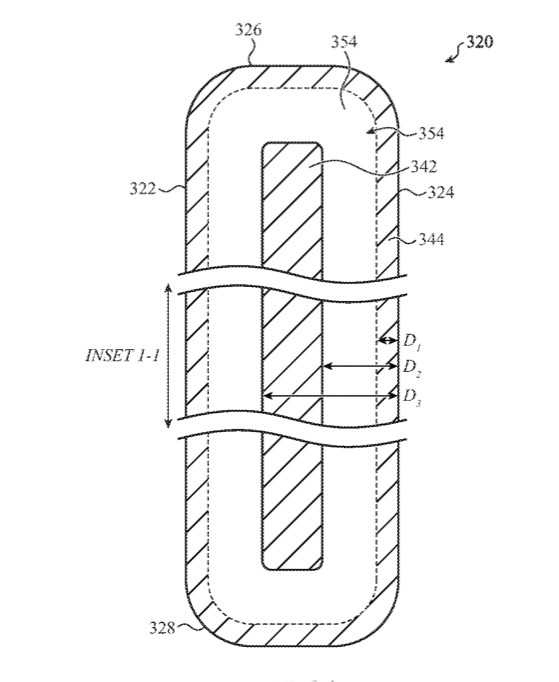One of the company’s many research efforts in strengthening the glass on every iPhone has now been revealed, and it involves using ceramic particles.
Alongside its research into future self-healing iPhones, a newly-granted patent details what may be one of Apple’s existing ways of avoiding screens cracking. In 2017, the iPhone 8, and iPhone 8 Plus, both introduced a strengthening layer that was 50% deeper than before.
“Electronic device having a glass component with crack hindering internal stress regions,” the newly revealed patent, describes including what Apple calls “an internal compressive stress region” in the glass of a display.
“Electronic devices often include transparent exterior components,” says the patent. “However, some traditional glass cover members may be susceptible to cracking when subjected to severe impact, such as when the electronic device is dropped.”
Apple doesn’t say that this patent exactly removes the chance of cracking, but does say that it “may have advantages as compared to some traditional glass components.” And claims that it gives “improved resistance to cracking.”
“In general,” it continues, “the components formed using the described techniques may not suffer from the drawbacks associated with some traditional glass components for electronic devices.”
The patent describes several variations, but the idea is always about adding a strengthening layer to the glass. “[For example, comprising] first alkali metal ions having a first size, second alkali metal ions having a second size greater than the first size, and third alkali metal ions having a third size greater than the second size.”
“The strengthened component… [can be where] each of the first glass layer and the second glass layer comprises an aluminosilicate glass; and the inner layer comprises an aluminosilicate glass ceramic,” it continues.
There is an issue in making glass transparent, so that you can see the display on it, but also keeping it strong. While the patent describes potentially having “an internal glass ceramic portion and external glass portions,” it says that the “components may be transparent, translucent, or opaque.”

Detail from the patent showing how layers may mean stress can be routed away from where it would crack the screen
In each case, the aim is to produce screen components that, “include a crack hindering residual internal compressive stress region.” So a force such as that felt from a drop onto a hard surface, may be transmitted along this region instead of out across the glass.
The patent does not refer to any specific model such as iPhone 8, nor even to iPhones. So it’s possible that this is actually technology that Apple is planning to leverage in future devices such as folding ones. However, it does seem to fit with what’s known of the 2017 iPhones features.